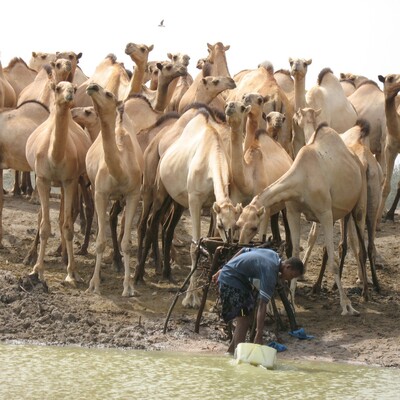
Zoonoses of poverty: Measuring and managing the multiple burdens of zoonoses and poverty
Abstract
The greatest health burden of zoonoses falls on poor people in developing countries. Poor people have greater exposure to zoonoses through livestock keeping; living in agricultural communities; greater exposure to peri-domestic and wild animals; and less access to clean water. Although their consumption of animal source products is low, the quality of these products is poor.
In addition to human health burdens, zoonoses reduce livestock productivity and are important barriers to trade in livestock products, as well as causing more difficult to quantify harms such as spillover to wildlife populations. These additional impacts also contribute to poverty in developing countries.
Assessing the impacts of zoonoses helps prioritize management. Among the most important zoonoses in developing countries are gastro-intestinal pathogens, leptospirosis, cysticercosis, brucellosis, tuberculosis and rabies.
Poverty, and investment and innovation is urgently needed to tackle zoonoses in developing countries where they currently impose massive burdens on human, animal and ecosystem health.
Citation
Grace, D. 2015. Zoonoses of poverty: Measuring and managing the multiple burdens of zoonoses and poverty. IN: Sing, A. (ed), Zoonoses - Infections affecting humans and animals: Focus on public health aspects. Dordrecht, Netherlands: Springer: 1127-1137.









